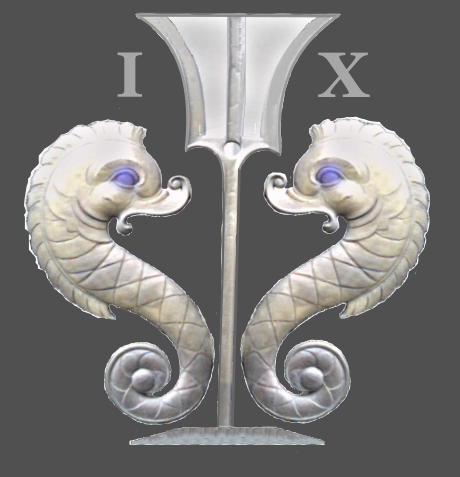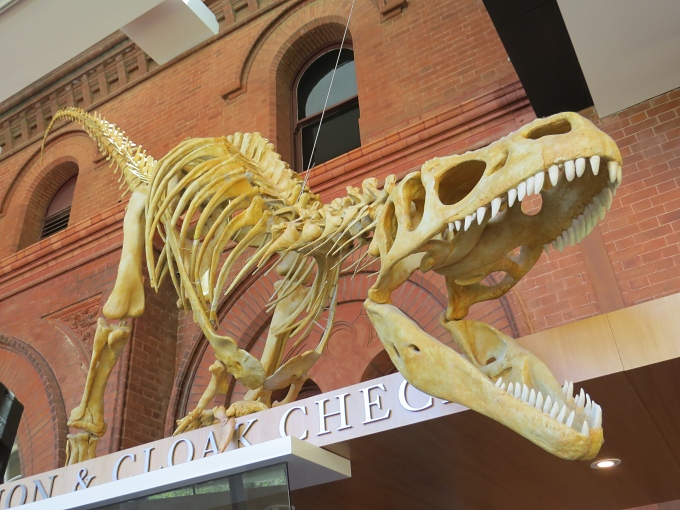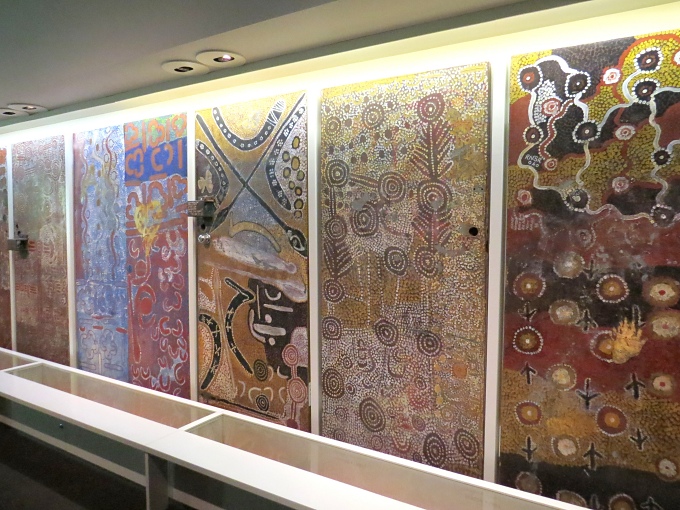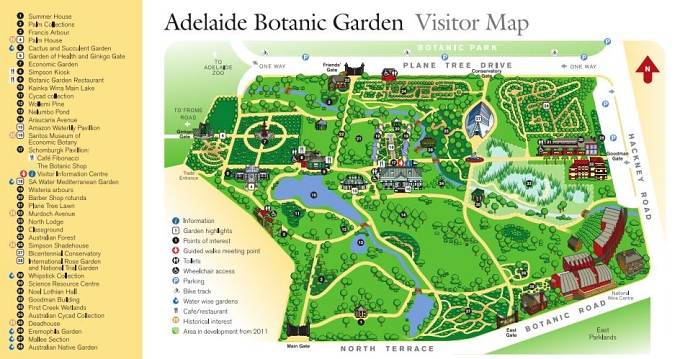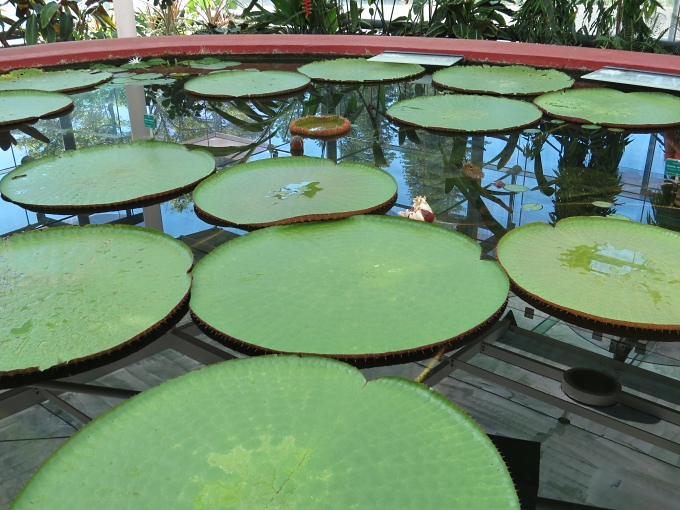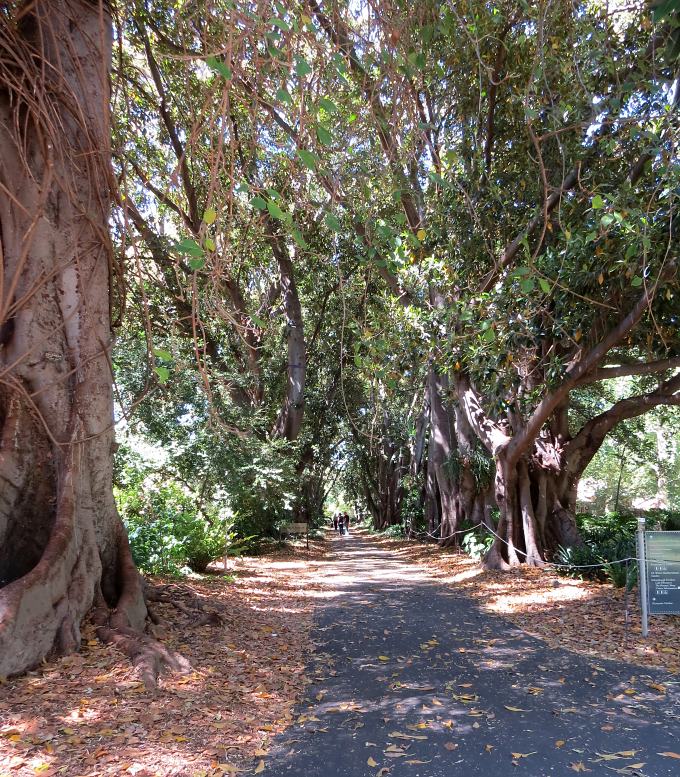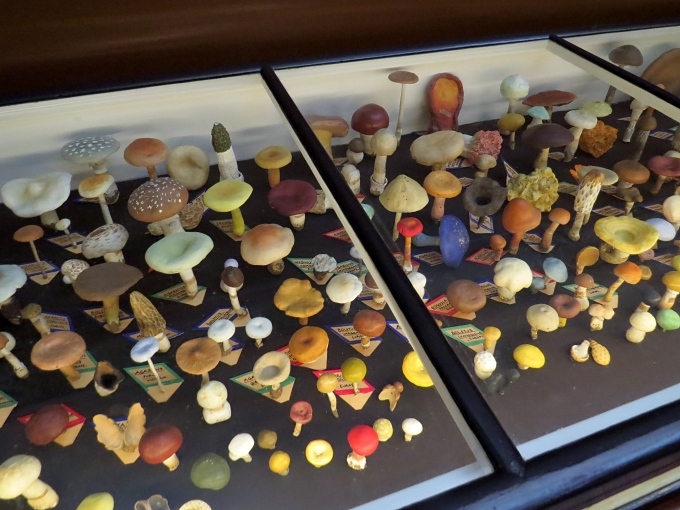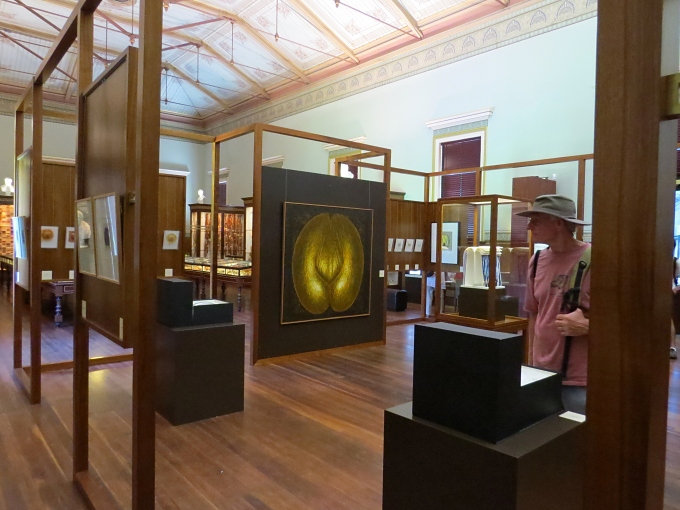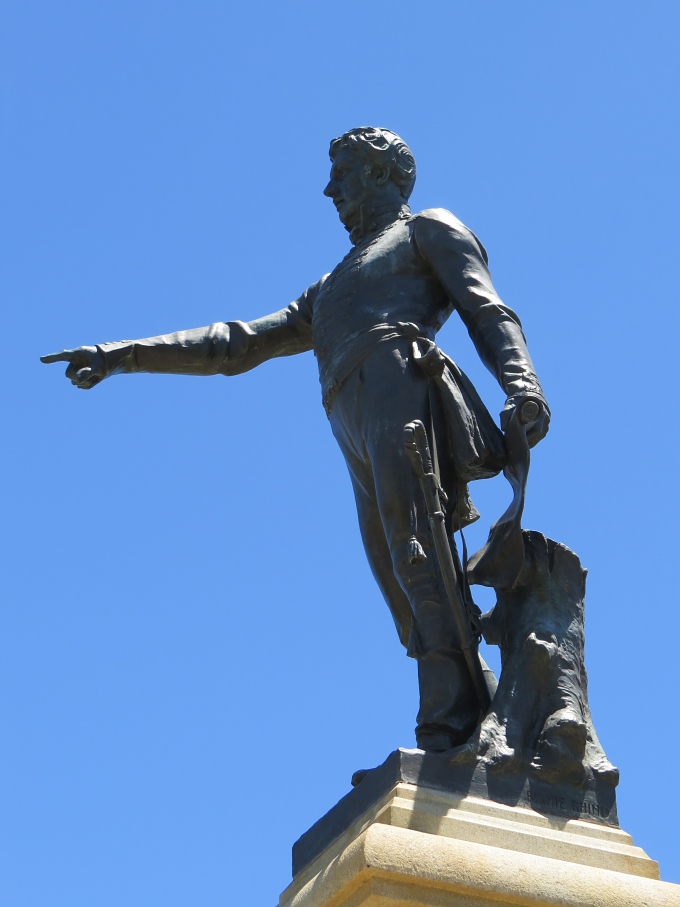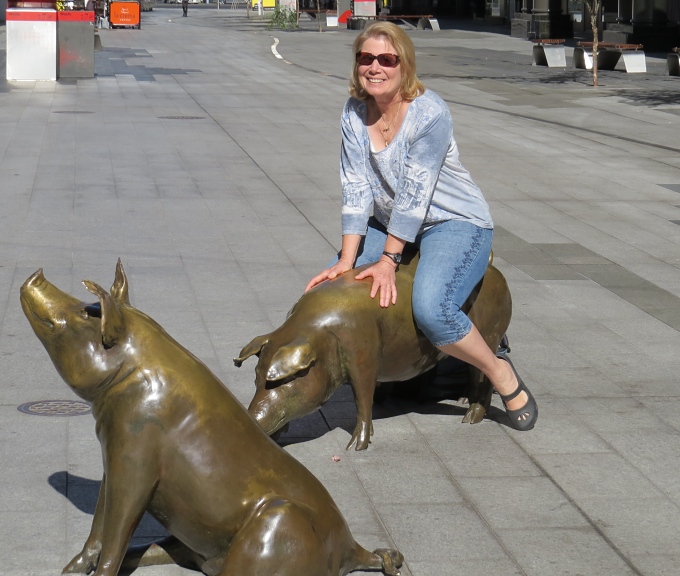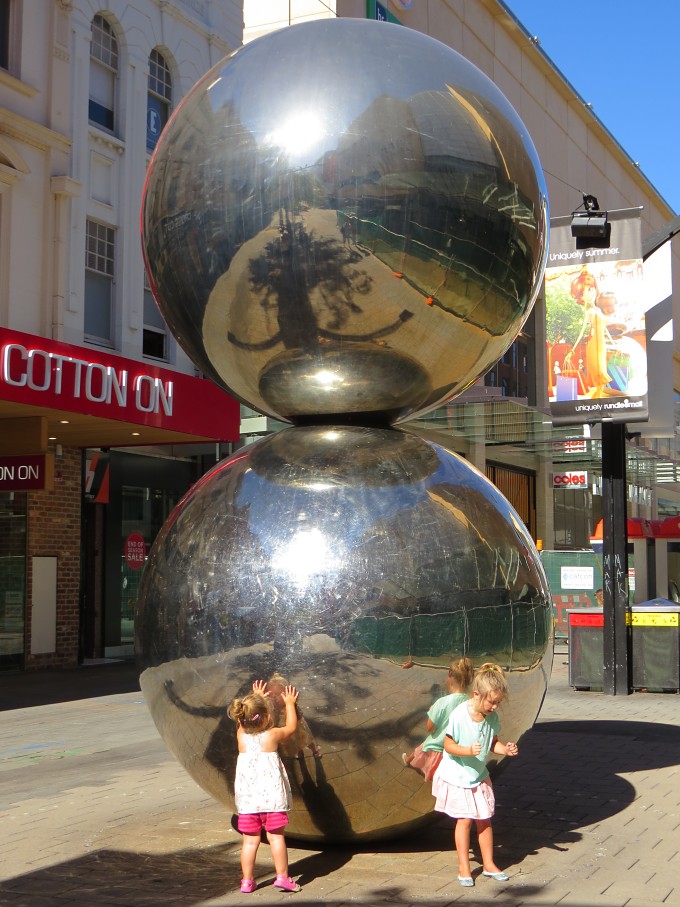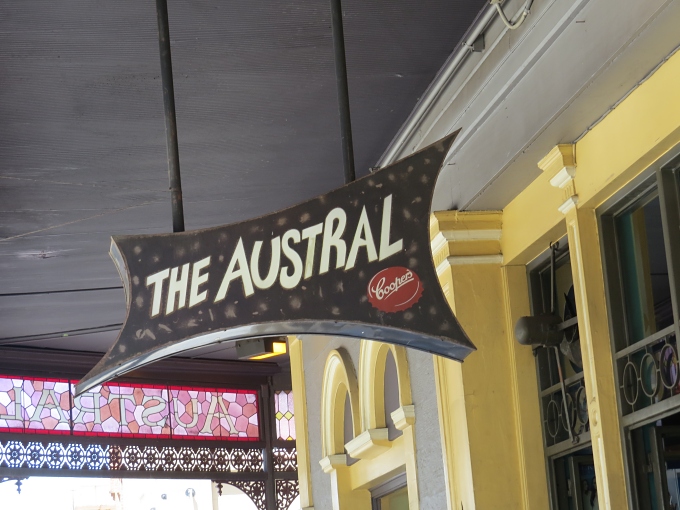South Australian Museum
/I've always extolled the virtues of early development of libraries, art galleries and museums. It impresses me that when actual existence and survival were at stake, people still found time, energy and money to develop the arts and museums. Founded in 1856, just 20 years after Adelaide was founded, the South Australian Museum sits majestically on the cultural boulevard known as North Terrace, in the Adelaide Parklands. With over four million objects and specimens in their collection, we figured that would be enough to keep us busy for a few hours.
Though the Museum offers exhibitions on dinosaurs and Egypt and meteors … all interesting, mind you … we were most interested in their Aboriginal Cultures Gallery, considered the largest collection of Aboriginal artifacts in the Southern Hemisphere. This and the Pacific Cultures Gallery are what intrigued us the most, though we couldn't help admiring the dinosaurs in the front entry hall.
“The Australian Aboriginal Cultures Gallery celebrates the cultural achievements of Australia’s Aboriginal people, one of the world’s oldest continuous living cultures. This object-rich experience features over 3,000 items across two floors. The artifacts are from communities across the country, drawing from the Museum’s extensive collections.” This was on the must-see list and we headed there straight away.
One facet of Aboriginal culture we had heard of, but never really researched, was the Dreaming. We thought it referred to out-of-body, drug-induced experiences, but we couldn't have been more wrong. Rather it is the Aboriginal creation myth and stories of their cultural development, laws and traditions handed down in art and storytelling for generations.
One particularly striking exhibit was entitled Yuendumu School Doors. “The people of Yuendumu [in the Northern Territory] began transferring their traditional ochre ground paintings to canvas in the 1980s and then to the doors of the Yuendumu School. Twenty-seven Dreamings (tjukurrpa) were represented on the Doors, referring to more than two hundred sites in Warlpiri and Anmatyerre territory. For thousands of years the Warlpiri people traced their Dreaming symbols onto compacted desert sand as part of their ceremonies and when the ceremonies were over the images would be brushed away by hand or by the desert winds. The Yuendumu doors have now captured these stories in paint.” The South Australian Museum acquired the entire collection of doors in 1995 and restored them. The best 12 are on display here now for all to see and admire. The interpretive information and the stories they tell give some insight into Aboriginal ideas and beliefs.
We're always amazed to see island cultures that we've never even remotely heard of … tiny little isolated places that have developed their own unique cultures … like Tiwi, for instance, a tiny island group off Darwin in the Timor Sea. I'm sure there are hundreds of little islands out there with people being born and dying and carrying on life in centuries' old ways. Pictured are very distinctive Tiwi Island burial poles.
We wandered into the Pacific Cultures Gallery. We've visited Tonga and Fiji and Vanuatu and had a feel for their cultural artifacts, motifs and designs. Papua New Guinea (PNG), however, has always held a particular fascination for us. Replicas of the PNG thatch huts and trading canoes were on display.
The weapons, masks and especially the painted human skulls were a bit disconcerting. We know of a few folks who have stopped in PNG and enjoyed their visit. We know of another couple who were held at knife point and robbed. It's not on the way currently, but you never know what the future holds.
As always, as questions are answered, more questions arise. We just learned of the Tandanya National Aboriginal Cultural Institute here in Adelaide and, before we leave, we're going to try to visit this gallery, touted as Australia's oldest Aboriginal-owned and managed multi-arts center.
